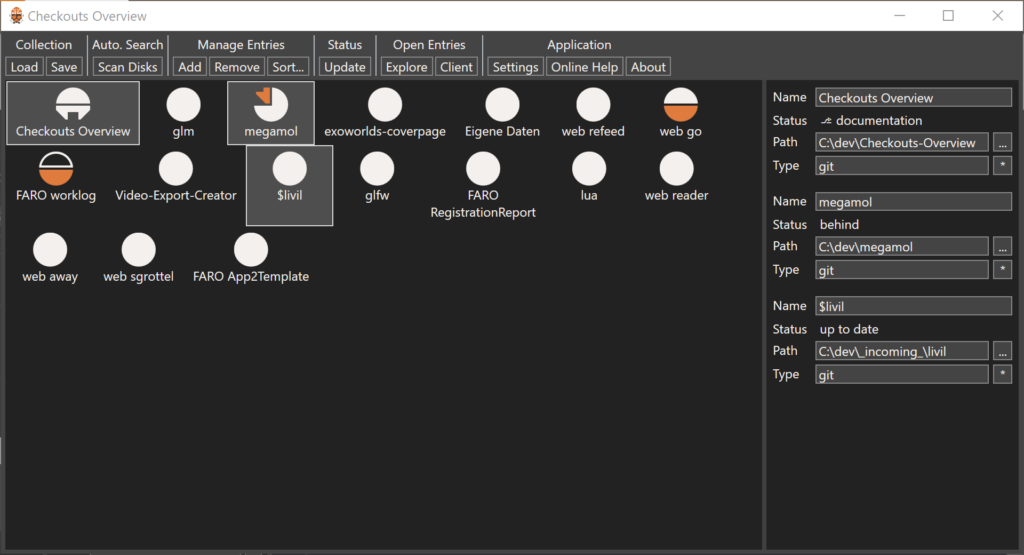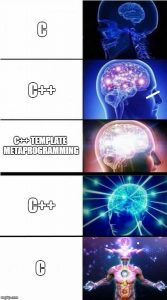The Strange Story about the Nuget “WindowsAPICodePack”
 I came across that Nuget because I was writing WPF UI applications and I needed a folder picker. Someone in the internet suggests to use the WinForms dialogs. I sort of hate using two frameworks. And then another one brought up the Nuget
I came across that Nuget because I was writing WPF UI applications and I needed a folder picker. Someone in the internet suggests to use the WinForms dialogs. I sort of hate using two frameworks. And then another one brought up the Nuget WindowsAPICodePack.Shell with it’s class representation of the Windows Common Dialogs, including the capability of picking folders in the open dialog window.
So, I started using that. Then, at some point, a friend pointed out to me, that the Nuget package I was using did not look like an official Microsoft package, but a repackage someone did. That made me stop and think. I don’t assume any bad intent, but I found it very very strange. The official package vanished. And there is a huge load of packages which strange names:
- https://www.nuget.org/packages/Microsoft-WindowsAPICodePack-Shell 😐
- https://www.nuget.org/packages/Microsoft.WindowsAPICodePack.Shell 🫤
- https://www.nuget.org/packages/Microsoft.WindowsAPICodePack-Shell 😕
- https://www.nuget.org/packages/WindowsAPICodePack-Shell ☹️
I don’t like this. Even if there is no ill intent from any of the authors, I still don’t like this, as it reeks like fraught, phishing, and vulnerabilities. Sorry, but, no.
So, where is the official package? Seems to have disappeared, that’s why there are the repackages by community members. Why did it disappear? No idea. Maybe it got caught in a semi-automatic cleanup as it was orphaned. Someone suggestion it’s replaced by Microsoft.Windows.SDK.Contracts.
In the end, I replaced the code in my projects by either using the WinForms dialog, or by writing a very small p/invoke wrapper class calling the Win32 API directly. If you are interested, have a look:
https://github.com/sgrottel/open-here/commit/9de68198e35f0f6dec9386372cc71bada54c2f5b
The moral of the story is, a Nuget package is only as good as the people maintaining it. And, I mean people, not organizations. Because in the end, it’s whether or not individuals want to give their best.


 Yes, I am still using
Yes, I am still using  Some while ago, two of my colleagues were putting effort into our main code base and build system, to migrate to Visual Studio 2017, and the C++17 standard. Admirable and sensible. Of course, that was reason enough for another colleague of mine and myself to joke around about downgrading our code base to C++03 or C++98 or maybe even downright to C. Don’t worry, we all four were laughing. (Or were we?)
Some while ago, two of my colleagues were putting effort into our main code base and build system, to migrate to Visual Studio 2017, and the C++17 standard. Admirable and sensible. Of course, that was reason enough for another colleague of mine and myself to joke around about downgrading our code base to C++03 or C++98 or maybe even downright to C. Don’t worry, we all four were laughing. (Or were we?) As can be read on the internet: HtmlAgilityPack is not for beautiful, aka human readable, html files.
As can be read on the internet: HtmlAgilityPack is not for beautiful, aka human readable, html files.